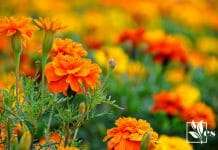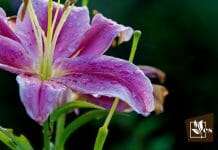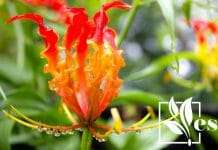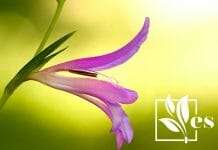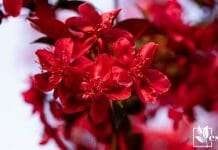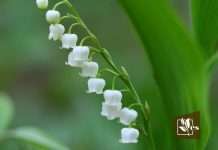Flowers of Spain are truly some of the most beautiful flowers that you will see.
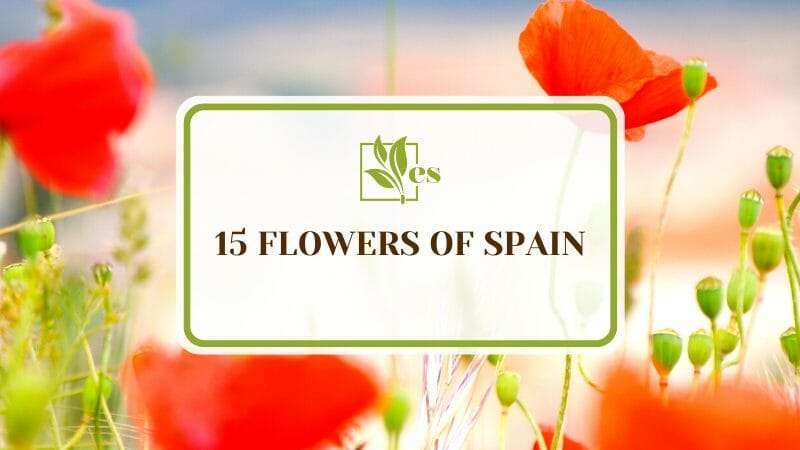
They will add both beauty and rarity to your garden, so you want to grow them.
To know the best and most beautiful Spanish flowers to grow, read this article.
JUMP TO TOPIC
List of Flowers Of Spain
Here are a list of flowers that Spain is known best for them:
1. Red Carnations
The red carnation flower of the Caryophyllaceae family is the national flower of Spain and the official flower of Madrid. This beautiful plant, like other carnations, is naturally growing in the Mediterranean region and blooms in late spring, staying until early summer with a subtle spicy and balmy fragrance. This Dianthus genus perennial plant grows 31.5 inches tall and its flowers come in so many colors.
The leaves of the Dianthus Caryophyllus are glaucous, blue-green greyish to green, slender, and grow up to six inches in length. While the natural or original color of the flower is bright pinkish-purple, so many people have made cultivars with other colors such as red, white, green, yellow, and blue. The flowers are hermaphrodites, so they have both anthers and stems.
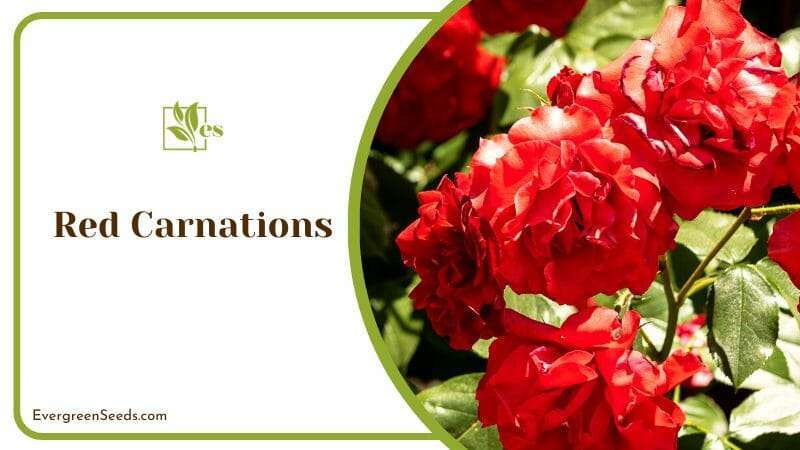
A carnation cyme can have a single flower or up to five together growing one to two inches in diameter.
In the United States, January 29 is the official carnation day and was set to remember the 25th President of the United States, William McKinley who mostly pinned carnation flowers. To grow this plant, ensure that it gets up to four to six hours of daily sunlight and grows in slightly acidic soil which means the pH has to be 6.7 to 6.9. You can also check out these flowers that are similar to Carnations.
2. Spanish Bluebells
These are Spanish, spring-flowering, bulbous, perennial plants that are naturally growing in the Iberian Peninsula. These plants are easily distinguished from their popular counterparts, the common bluebell by their larger and paler blue flowers which are not so pendulous or even drooping to one side unlike those of the common bluebell.
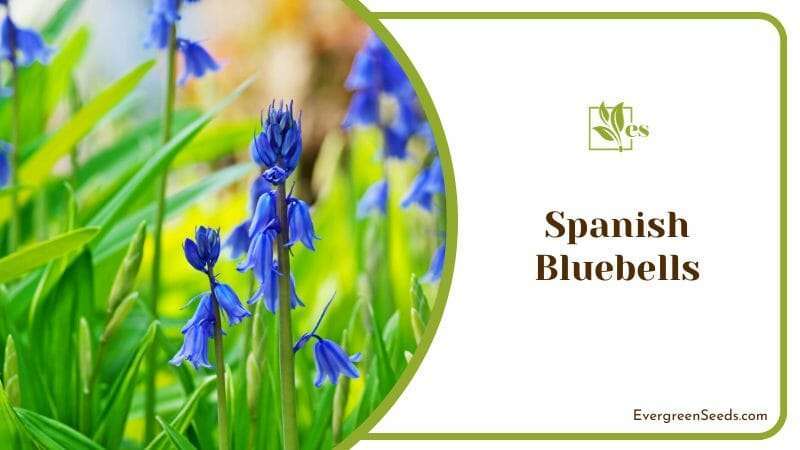
These Spanish plants also have a more erect raceme, or the flower stem, and broader leaves. They have blue anthers unlike the common bluebell which has creamy-white ones and no or little scent unlike the strong fragrant scents of the northern species. As you can see, the Hyacinthoides Hispanica are distinct and equally beautiful.
If you want to grow these beautiful flowers, ensure that the soil is almost or half dry before you water them so that you do not kill them. Also, plant the flowers in a place with full sun so that they can produce more elegantly beautiful flowers.
3. Spanish Gorses
These Spanish plants are shrubs in the family of legumes, Fabaceae, they are also called Genista Hispanica. The shrubs are native to northern Spain and southern France and are suited to use as rock garden, border, and wall plants.
They love gravelly soils and coastal environments, so you can plant them in similar places. The low-growing, perennial shrub can reach a height of four to six inches and produce very beautiful flowers.
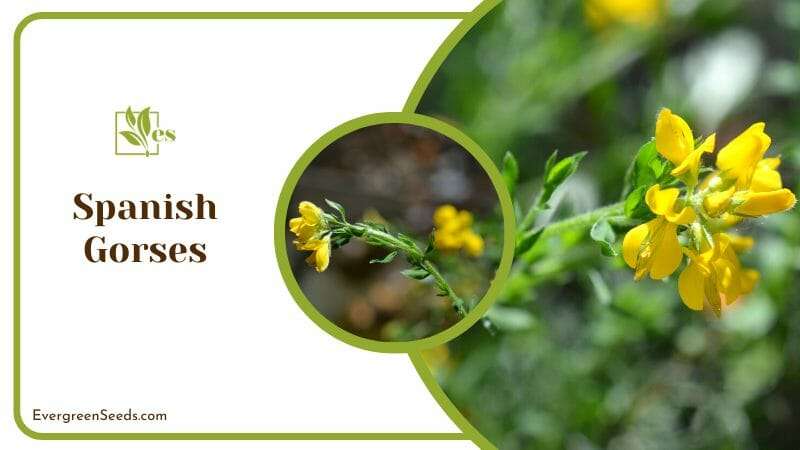
You can easily grow the plants in soil with dry to medium moisture, loose texture, and well-draining properties. Also, while the plant prefers full sun, it can tolerate partial shade.
It also prefers nutrient-rich soil but can tolerate dry soils and those with poor conditions. However, do not grow the Spanish shrubs in waterlogged and heavy soils.
These plants are hardy which means they must be in Zones 4 to 9, so consider growing them if you live in these zones. In addition, you may amend the soil with compost if you do not want to constantly use fertilizer.
4. Lantanas
The beautiful lantana plants are perennial flowering plants from the verbena family, Verbenaceae.
These beautiful plants are naturally growing in the tropical regions of Africa and the Americas but they also exist, as they were introduced, in so many places, especially countries in the Australian-Pacific region and north-eastern and southern parts of India. The beautiful plants bloom in spring.
They are herbaceous shrubs that can grow up to 1.6 to 6.6 feet tall. Their aromatic flowers grow in clusters known as umbels and have a color mix of red, yellow, orange, white, or blue.
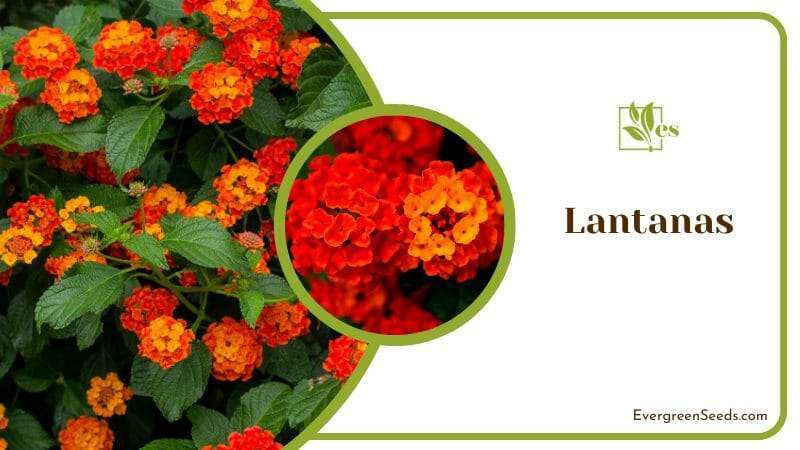
Beautiful flowers usually change colors as they mature, so the umbels appear to have multiple colors. The leaves of this plant are toothed and have little hairs to give them a fuzzy feel.
If you want to grow lantana plants, grow them in well-draining substrates that have a slightly acidic pH. Ensure to water the plants regularly and do not wait until the soil is dry so that you do not kill their bloom. They do, however, tolerate partial shade to full sun, it is key to know that grow best in full sun.
5. Bougainvilleas
The genus Bougainvillea is one with beautiful, thorny, ornamental trees, vines, and bushes. These plants belong in the same family as four o’clock, Nyctaginaceae, and are naturally growing in South America, especially in the eastern region. However, they were introduced in Spain and have since been naturalized there.
The plants can start growing from three feet and grow all the way to 39 feet tall and are either evergreen or deciduous according to the amount of rainfall and the species.

They have leaves that are simple, ovate-acuminate, alternate, and grow 1.5 till five inches in length and 0.7-2 inches in width. The flowers of bougainvilleas are white. However, the flower bracts are pink, orange, yellow, magenta, white, purple, or red according to the species.
These are fast-growing plants that can add 6 feet to their height in just one growing season. To put their growth in check, however, you can cut off up to a third of the plant in spring or whenever you are pruning your garden plants. Ensure that your bougainvilleas grow at 45 to 80 degrees Fahrenheit.
6. Water Lillies
Water lilies are truly natural beauties, and they are aquatic, rhizomatous plants that can grow in both temperate and tropical places. While they are deeply rooted in soil under bodies of water, they send their flowers and leaves to the surface of the water so that they can emerge or float on the water’s surface. Water lilies, or Nymphaeceae, have vascular, round leaves bundling in their stems.
The leaves are spiral and alternate, occasionally whorled or opposite, simple, and toothed or dissected according to the species.
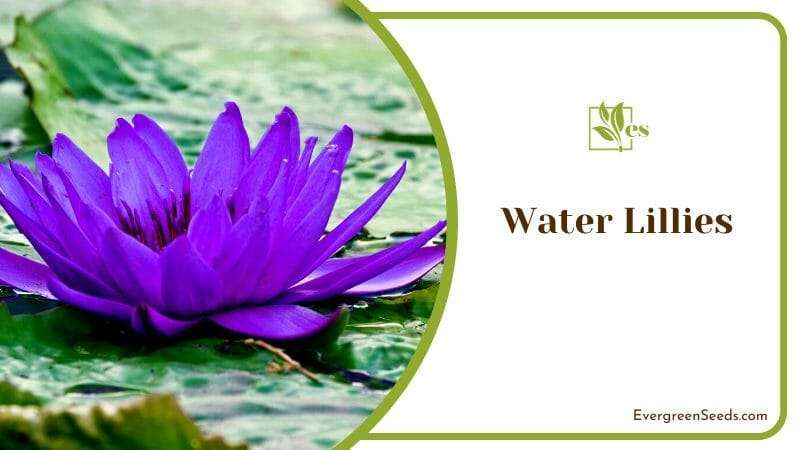
They have long or short petioles, with pinnate to palmate venation. Their flowers are also floating on the water surface just like the leaves. The flowers can be white, pink, purple, yellow, or green according to the species.
Some uses of water lilies include growing them as ornamental plants, water purifiers (i.e. they absorb nutrients from the water), feeding herbivores fishes, and shelter for fishes in ponds. If you are growing water lilies, prevent aquatic leaf beetles and black aphids from reaching them as these insects are very disastrous to the plants. Many people also prefer lotus plants to water lilies.
7. Pink Lily Leek
These are ornamental onion plants that are native to places in Eurasia such as Spain, Uzbekistan, Afghanistan, Pakistan, Tajikistan, Armenia, Turkey, and Georgia.
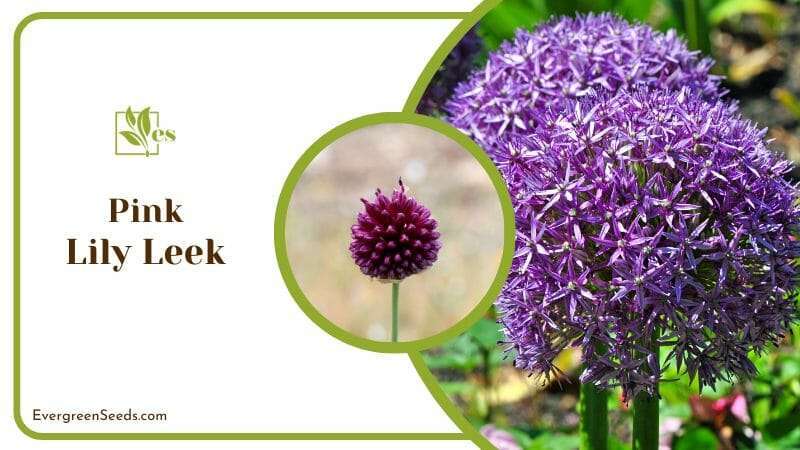
Their leaves are narrow, flat, and longer than their scape. The flower umbels have around 10 to 15 pink or red flowers with yellow centers. This species has a spherical bulb that grows one inch in diameter.
These Lily Leeks or Allium Oreophilum have medicinal properties, but they are often used as ornamental plants.
8. Lesser Butterfly Orchids
This beautiful orchid is usually confused with a similar one, the greater butterfly orchid as both of them have the same size and share many other characteristics. The Lesser butterfly orchid is easy to distinguish by its two basal leaves that are shining green, shorter, and broader considering the angle of the pollinia.
The flowers of this beautiful plant are night-scented, so you can only enjoy their fragrance at night. The plant has an upper sepal and petals that form loose triangular hoods just above the pollinia.
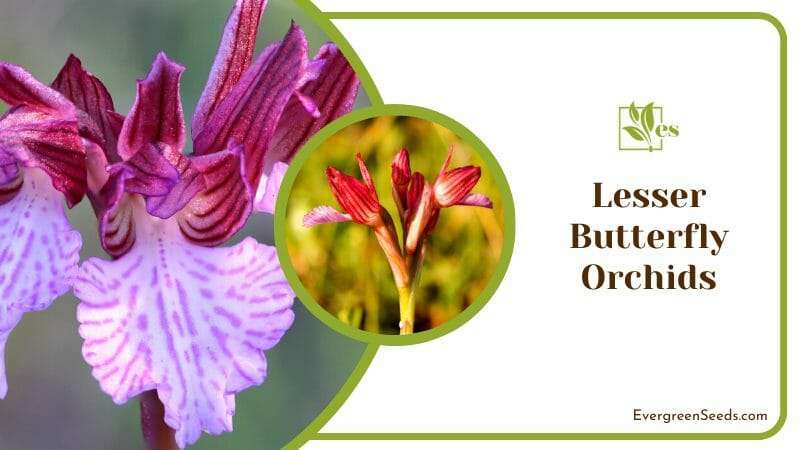
All the organs lie close together and parallel, almost covering the opening of the spur. The spur is mostly long and straight.
In the slim flower spike, there are 25 white flowers with bits of yellow and green. The population of this orchid is steadily declining due to habitat loss.
9. Grey-Leaved Cistus
This is a shrubby plant from the family Cistaceae that is naturally growing in western North Africa and southwestern Europe, it is also called Cistus Albidus.
It has purple to pink flowers that are arranged in clusters or cymes of about one to seven flowers. Each flower grows 1.6-2.4 inches across and has five petals and five sepals. The Cistus albidus plant can grow up to 3 feet tall.
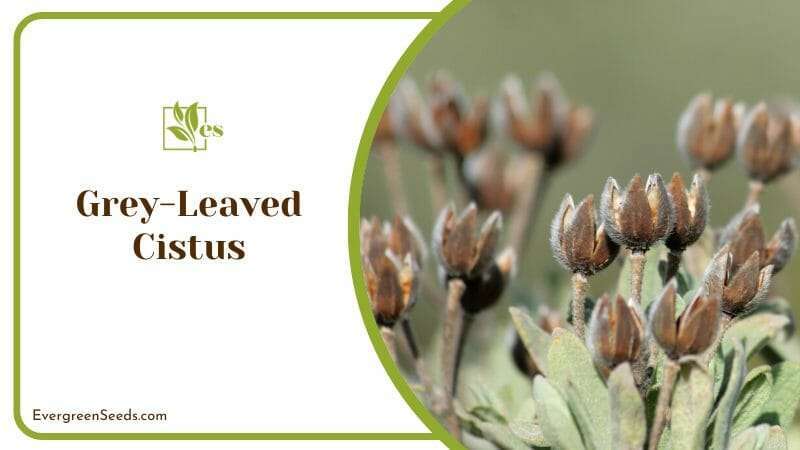
The leaves of this plant are elliptical to oblong in shape and usually grow 0.8-2.0 inches long and 0.2-0.8 inches wide. They have three prominent veins that are covered with short, dense hairs, producing a light-gray appearance.
This plant is hardy, does not require much care and attention, and tolerates a wide range of soils. However, ensure that their substrate has consistent moisture and is organically nutritious.
10. Yellow Monkshoods
Here is a beautiful Spanish plant, that is also called the Aconitum Anthora. While the native range of this plant is widespread, it mainly grows in European mountains like the Carpathians and the Alps, and the northern regions of Asia.
The name “anthora” which means “against thora” comes from the reputation of this plant that its tuberous roots were antidotes to the poisons of Aconitum pardalianches ‘thora.’
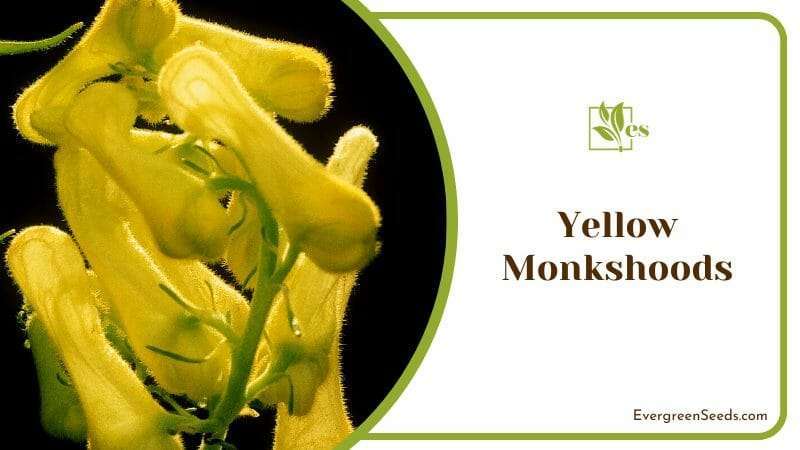
The roots of this plant contain high amounts of essential oils and volatile salts. Its foliage and even the stems have diterpenoid alkaloids which are mostly used to treat weak pulses, vegetable poisons, pneumonia, feverish colds, heart conditions, croups, and cardiac arrest. This plant is highly isolated, hybridisation occurred leading it to have great variability.
The plant has orange-yellow, and sometimes blue flowers and deeply lobed, blue-green leaves. It needs full sun to grow. Ensure that its soil is nutrient-rich and well-draining. It can survive a full frost, so you do not need to winterize it.
11. Cutleaf Selfheals
Cutleaf selfheals are rare wildflowers in the family Lamiaceae. The creeping, downy perennials most often do not grow taller than 13 inches and their flower heads are two to four inches from the ground. A unique feature of the plants is their leaf shape. The leaves are deeply lobed and often have cuts that reach the central veins.
The white flower heads of these plants are very distinctive as they are box-shaped and usually oblong when viewed from the side, not tapering at all. The two-lobed flowers are usually 0.1-0.5 inches long.
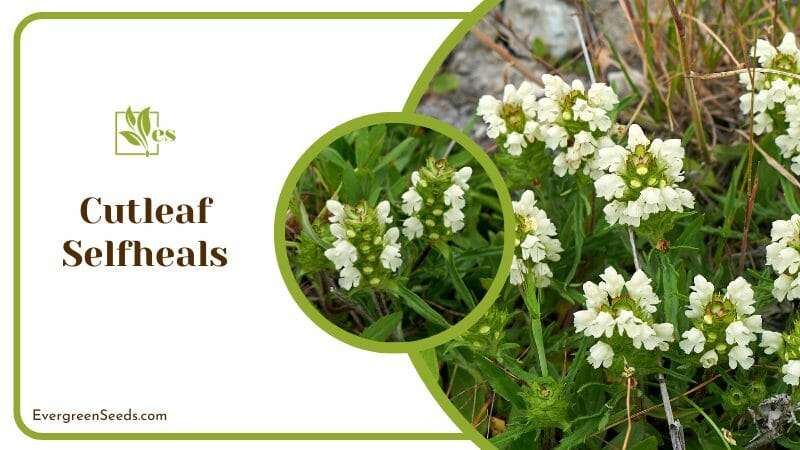
They have an upper lip which is like a helmet and a lower lip which has three lobes. The central lobe of the bottom lip is usually longer than the other two lobes on the side.
They are often used as a treatment for bruises and wounds even until this day. These hardy plants are tolerant of poor soils and can grow in hedgerows, meadows, and ditches. Just ensure that they get good amounts of sunlight, or at least four hours of direct sunlight daily, and they will grow without problems.
12. Pomegranates
Pomegranates or the Punica Granatum, are popular plants of commercial importance that produce very sweet fruits. These deciduous, fruit-bearing, shrubs in the family Lythraceae and subfamily Punicoideae are native to the Mediterranean region. They grow 16 to 33 feet tall and have opposite or sub-opposite leaves which are usually narrow oblong or glossy.
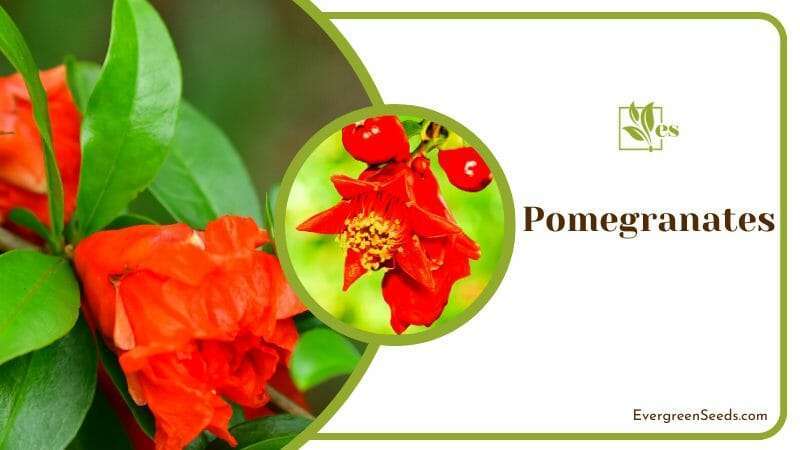
Their flowers are mostly bright red and grow 1.25 inches in diameter, with about three to seven petals. Their edible fruits are berries with pulp and seeds that are produced from a single flower’s ovary. They can reduce blood pressure by reducing the levels of the Angiotensin Converting Enzyme or ACE.
You can easily grow this plant so long as you are living in USDA hardiness zones 7 to 11. Make use of a monthly fertilizer to enrich the plants in nutrient-rich soil.
13. Cranesbills
Cranesbills which are generally known as geraniums are annual, biennial, or perennial plants (according to the species) that are found in all the temperate regions in the world, especially the eastern parts of the Mediterranean region. These plants are mostly grown as cut flowers and ornamental plants, but they have a lot of medicinal uses.
Geranium plants can help to ease digestion, strengthen the immune system, improve kidneys, lower stress levels, reduce inflammation, and treat skin and hair-related problems.
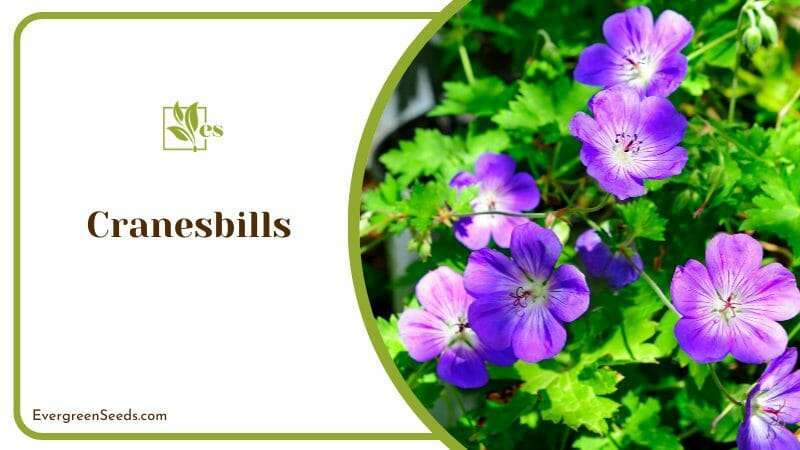
They have palmately cleft leaves that are usually broadly circular in form often with unique veining. Their flowers are colored purple, white, pink, or blue according to the variety and have five petals.
To prolong the bloom of geraniums, you can deadhead their spent flowers. Also, wait until their substrate is dry before you water them. You can easily propagate these plants by using their seeds or semi-ripe cuttings in summer, or by root division in spring or autumn.
14. Gum Rockroses
Gum rockroses are plants in the family Cistaceae that are naturally growing in the western Mediterranean region. Some common names of these plants include common gum cistus, labdanum, and brown-eyed rockroses.
They are shrubs that grow 3.3 to 8.2 inches wide and tall. The leaves of these plants are evergreen, lanceolate, and grow one to four inches long and 0.3-0.7 inches wide.
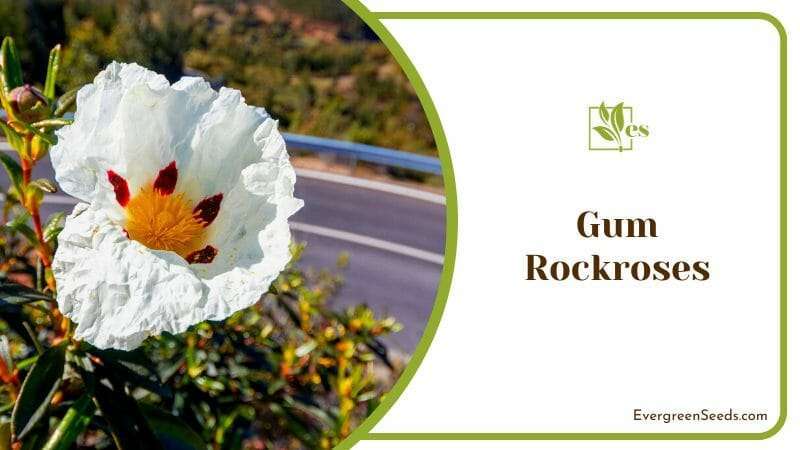
The leaves are of a lighter shade of green underneath and dark green above. The plants have flowers that grow two to three inches in diameter, with five white and papery petals. The flowers also have maroon to red spot at their bases that surrounds their yellow pistils and stamens.
This rare plant is covered with some sticky exudate of sweet-smelling resins, so they are often used in perfumery and herbal medicine. You may even grow them as ornamental plants; however, just make sure that the soil has consistent moisture and the plants are growing in full sun or shade.
15. Southernwoods
This is a scented plant that goes by the names of lad’s love, southernwood, or southern wormwood in the sunflower family, also called the Artemisia Abrotanum. It is naturally growing in Eurasia and Africa though has been naturalized in other places of the world, especially the United States. The gray-green leaves of this plant are feathery, small, and narrow.

The plant has small, yellow flowers that complement the color of the leaves. This plant is rich with scented essential oils, so it is often used as a strewing herb, air freshener, or repellent for moths, mosquitoes, and other insects. Also, people collect the branches from its stem for wool painting.
Note that every aerial part of the Artemisia brotanum plant is toxic, so you do not want to eat them. Also, prevent your pets and kids from eating them. However, you all can pluck some leaves and enjoy their scent. You can easily propagate the plant by its cuttings or by dividing the roots.


